Up for auction on Bonhams
Lot 245W Y
HELMHOLTZ SOUND SYNTHESIZER.
HELMHOLTZ, HERMANN VON. 1821-1894.
Chemnitz: Max Kohl, c.1905.
US$ 20,000 - 30,000
£12,000 - 18,000
Some info on the synthesizer in general from Explore Whipple Collections where you'll find additional pics. Note there are two known electronic instruments prior this. The Denis D’or, the “Golden Dionysis” and the Clavecine Électrique or the ‘Electric Harpsichord’ both of which you'll find at the excellent 120 Years of Electronic Music website. Currently they do not list the HELMHOLTZ.
"This ingenious device, designed by Herman von Helmholtz XR (1821-1894), was the very first sound synthesizer: a tool for studying and artificially recreating musical tones and the sounds of human speech.
Background
Suppose I sing the word 'car' and then on the same note sing 'we'. The two vowel sounds will be similar in so far as they have the same pitch G , yet they have a clearly distinct sound quality, or timbre G . What is it that accounts for this difference, and the timbres G of musical sounds in general? Helmholtz set out to answer this very question in the mid 19th century, building on the work of the Dutch scientist Franz Donders (1818-1889).
Complex tones
Helmholtz showed that the timbre G of musical notes, and vowel sounds, is a result of their complexity: just as seemingly-pure white light actually contains all the colors of the rainbow, clearly defined musical notes are composed of many different tones. If you play the A above middle C on an organ, for example, the sound you hear has a clearly defined "fundamental" pitch G of 440Hz G . But the sound does not only contain a simple "fundamental" vibration at 440Hz G , but also a "harmonic series" of whole number multiples of this frequency G called "overtones" (i.e., 880Hz G , 1320Hz, 1760Hz, etc.). Helmholtz proved, using his synthesizer, that it is this combination of overtones at varying levels of intensity that give musical tones, and vowel sounds, their particular sound quality, or timbre G .
How the synthesizer works
Helmholtz's apparatus uses tuning forks, renowned for their very pure tone, to generate a fundamental frequency G and the first six overtones which may then be combined in varying proportions. The tuning forks are made to vibrate using electromagnets and the sound of each fork may be amplified by means of a Helmholtz resonator with adjustable shutter operated mechanically by a keyboard.
By varying the relative intensities of the overtones, Helmholtz was able to simulate sounds of various timbres G and, in particular, recreate and understand the nature of the vowel sounds of human speech and singing. Vowel sounds are created by the resonances G of the vocal tract, with each vowel defined by two or three resonant frequencies G known as formants. When we say or sing 'a' (as in 'had'), for instance, the vocal tract amplifies frequencies G close to 800Hz G , 1800Hz and 2400Hz amongst others. When we require a different vowel sound, the muscles of the throat and mouth change the shape of the vocal tract, producing a different set of resonances G ."
PREVIOUS PAGE
NEXT PAGE
HOME
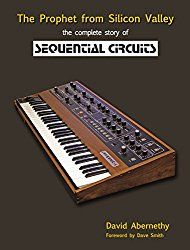



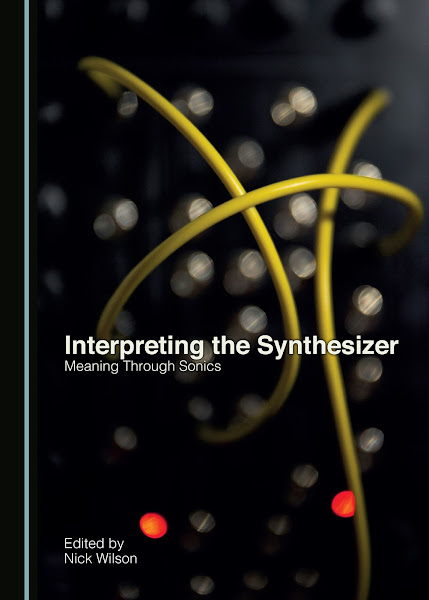
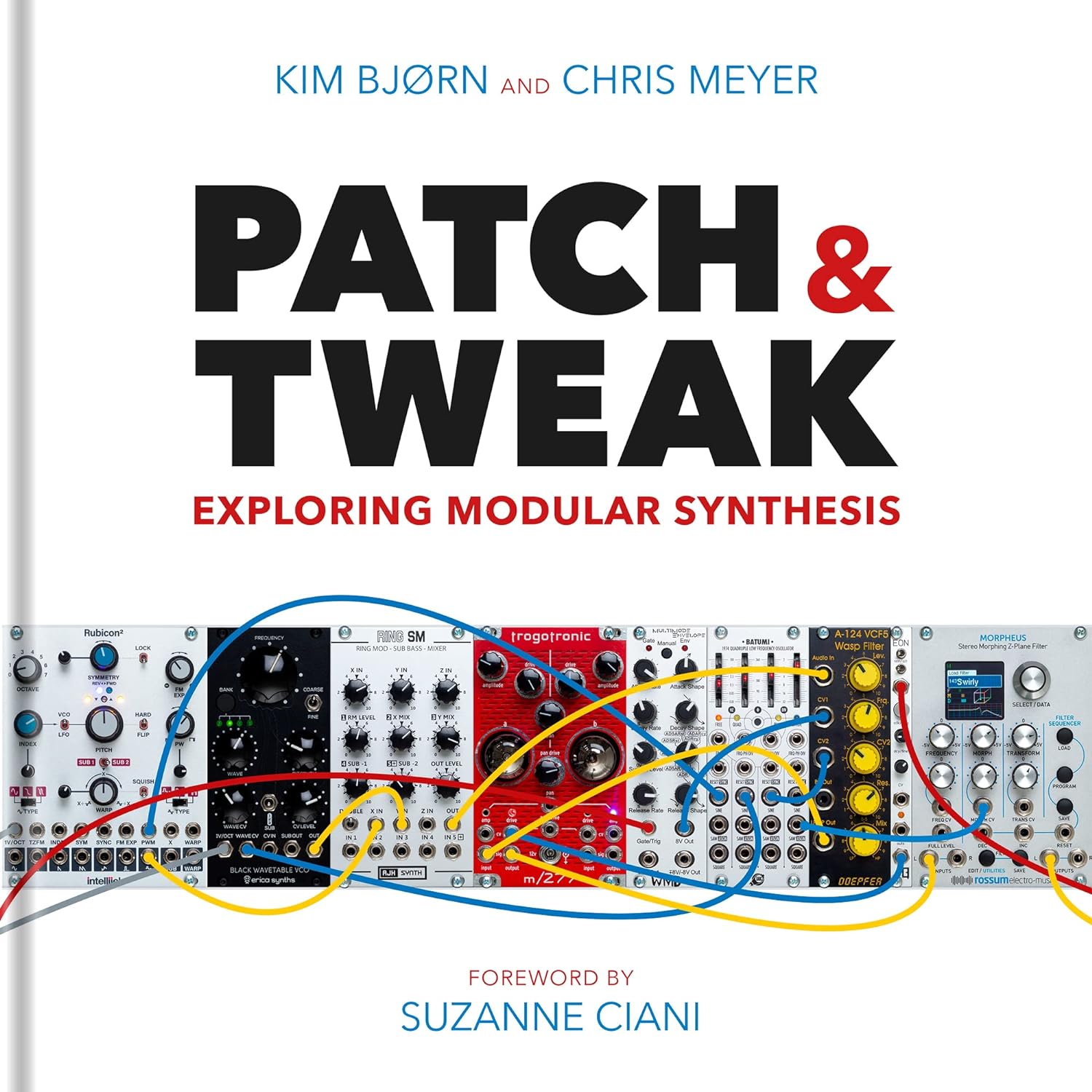

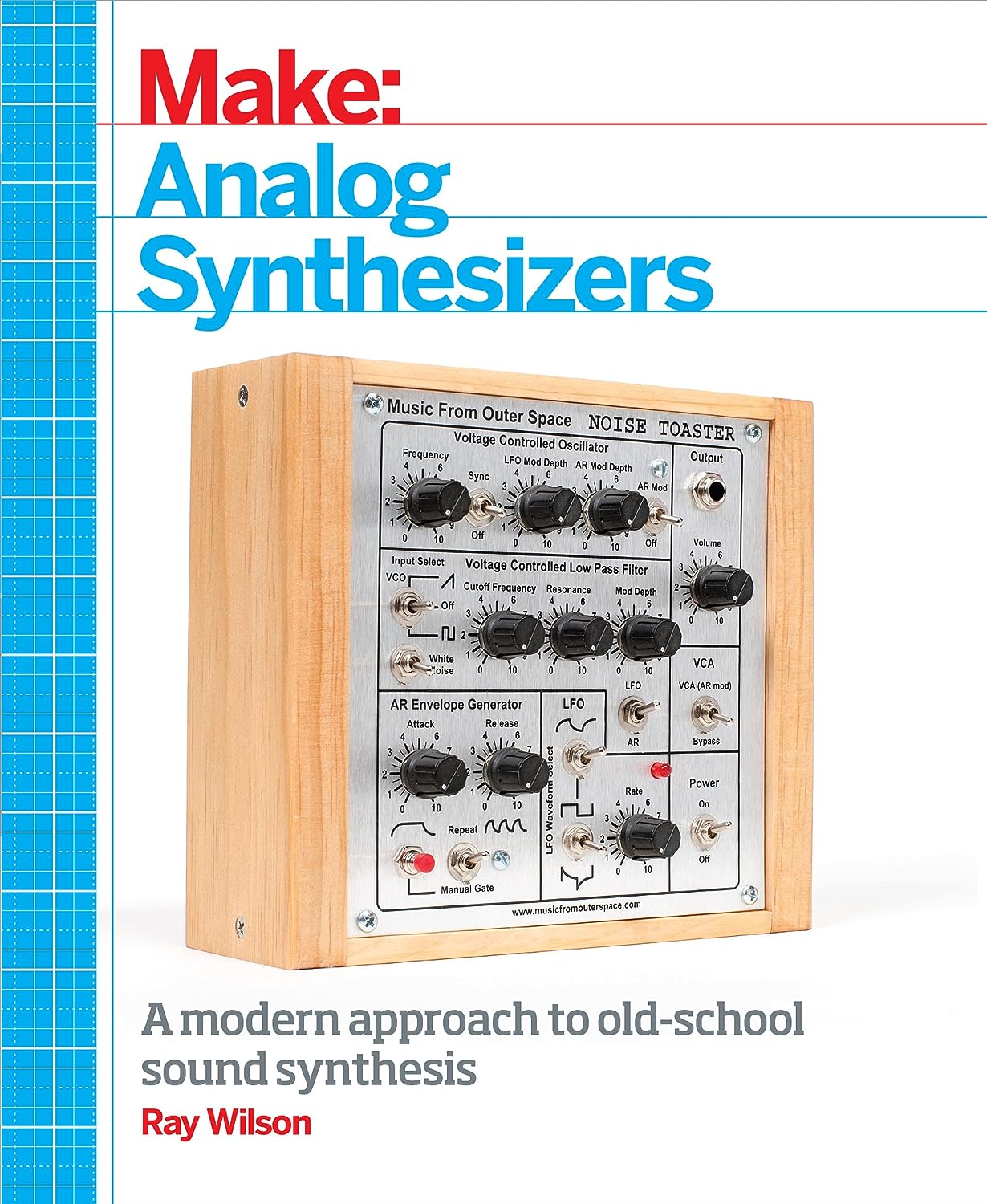


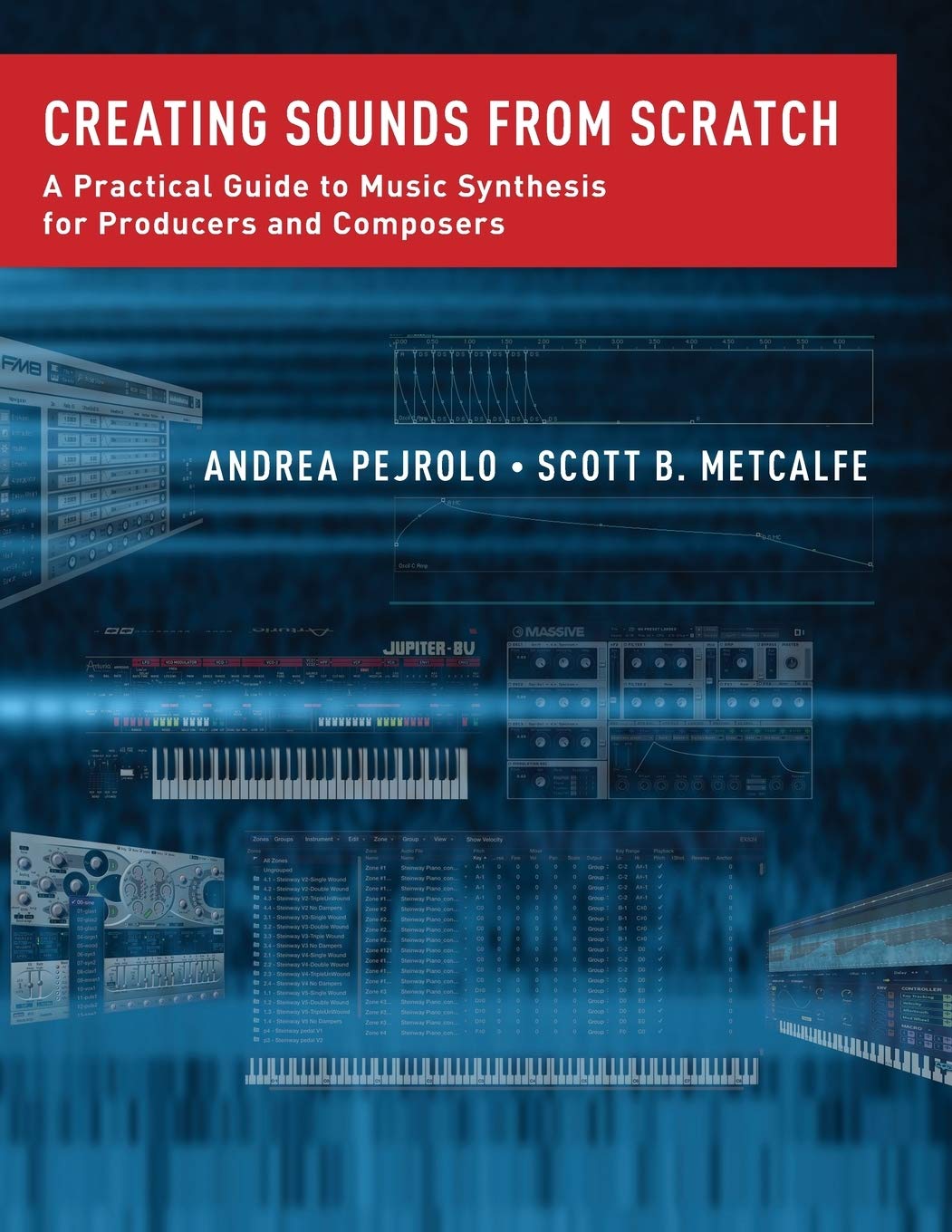
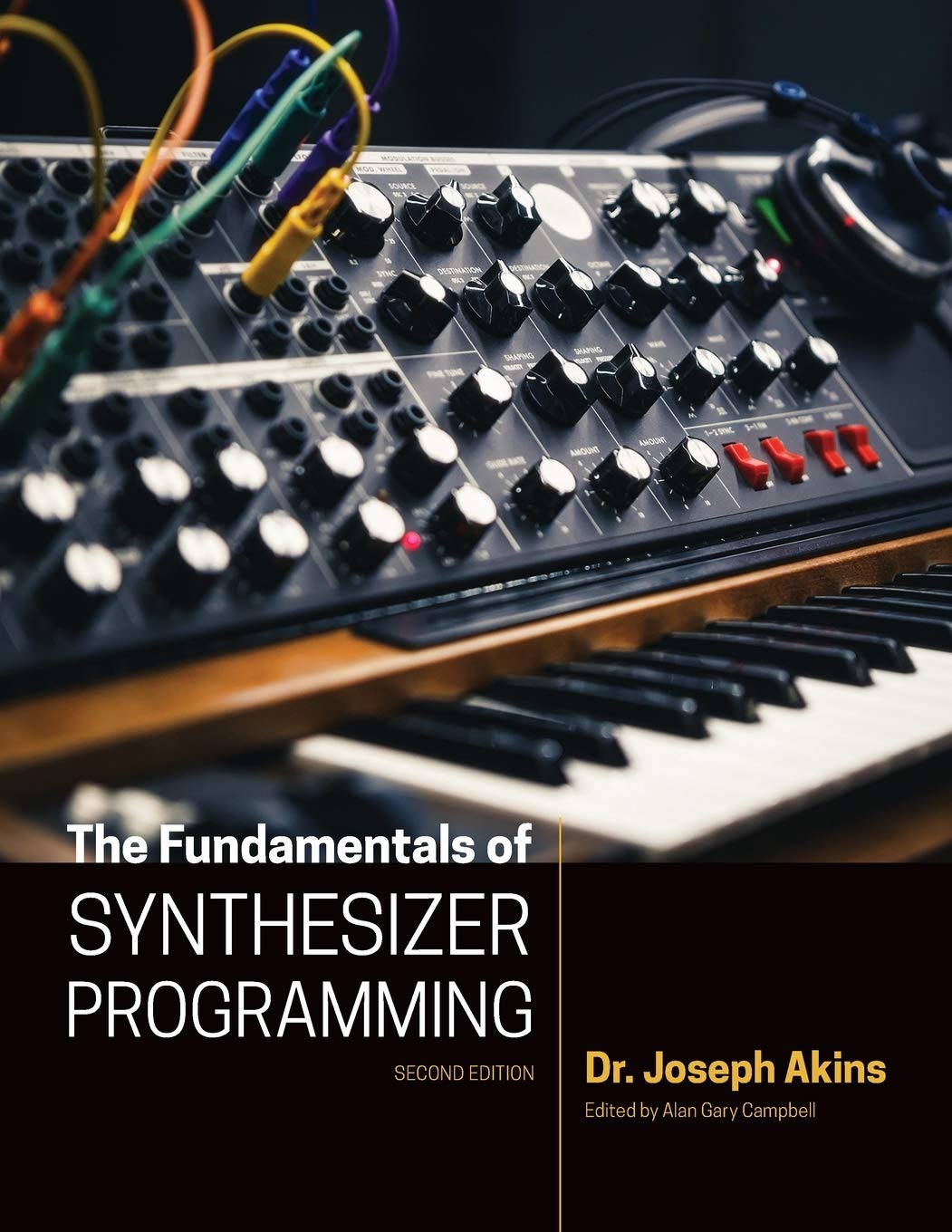

© Matrixsynth - All posts are presented here for informative, historical and educative purposes as applicable within fair use.
MATRIXSYNTH is supported by affiliate links that use cookies to track clickthroughs and sales. See the privacy policy for details.
MATRIXSYNTH - EVERYTHING SYNTH













© Matrixsynth - All posts are presented here for informative, historical and educative purposes as applicable within fair use.
MATRIXSYNTH is supported by affiliate links that use cookies to track clickthroughs and sales. See the privacy policy for details.
MATRIXSYNTH - EVERYTHING SYNTH
Subscribe to:
Post Comments (Atom)



























No comments:
Post a Comment
Note: To reduce spam, comments for posts older than 7 days are not displayed until approved (usually same day).